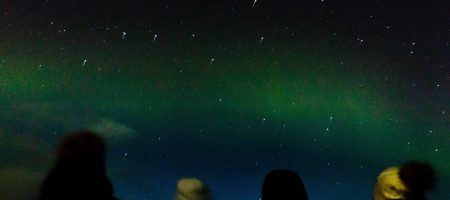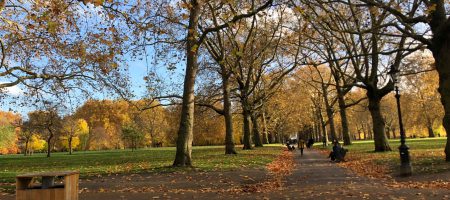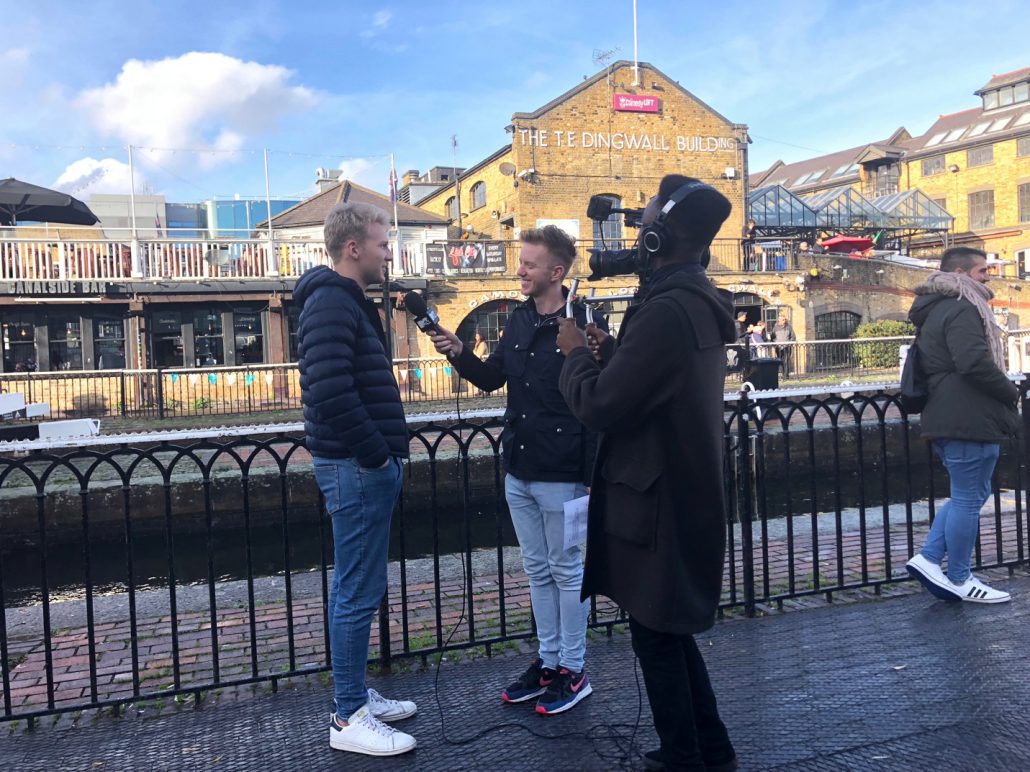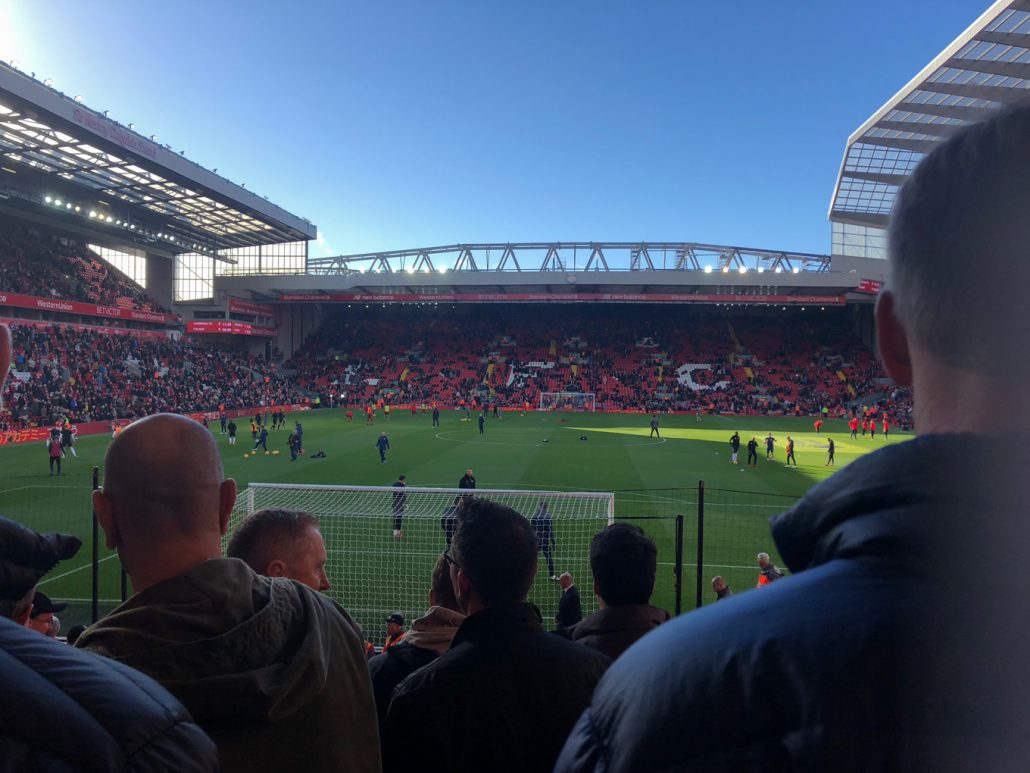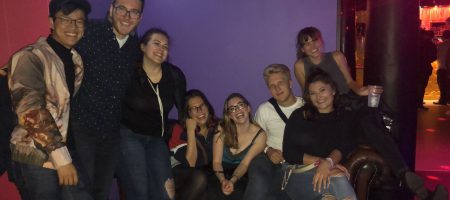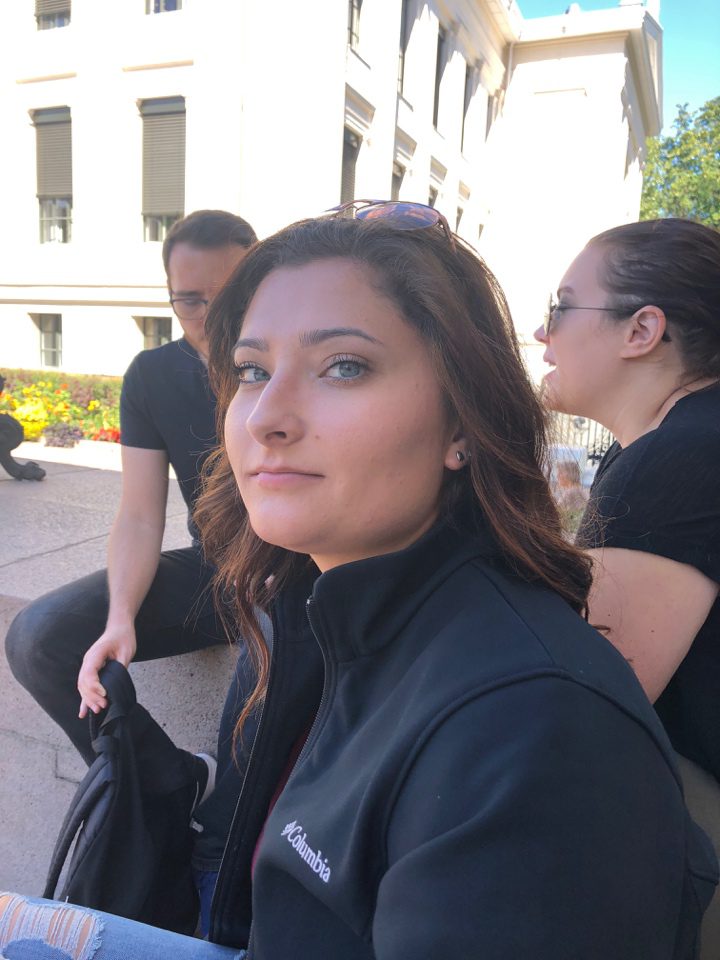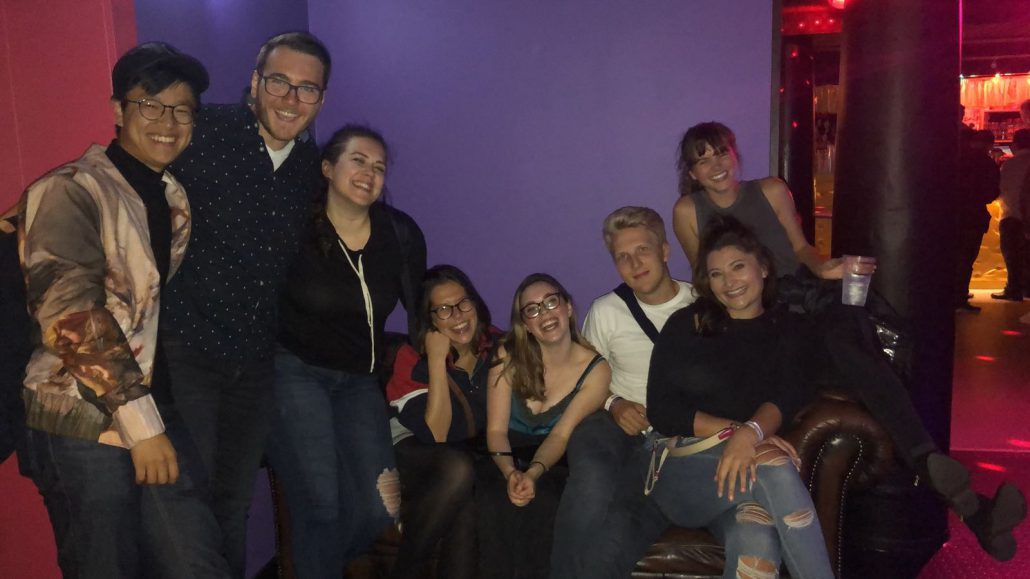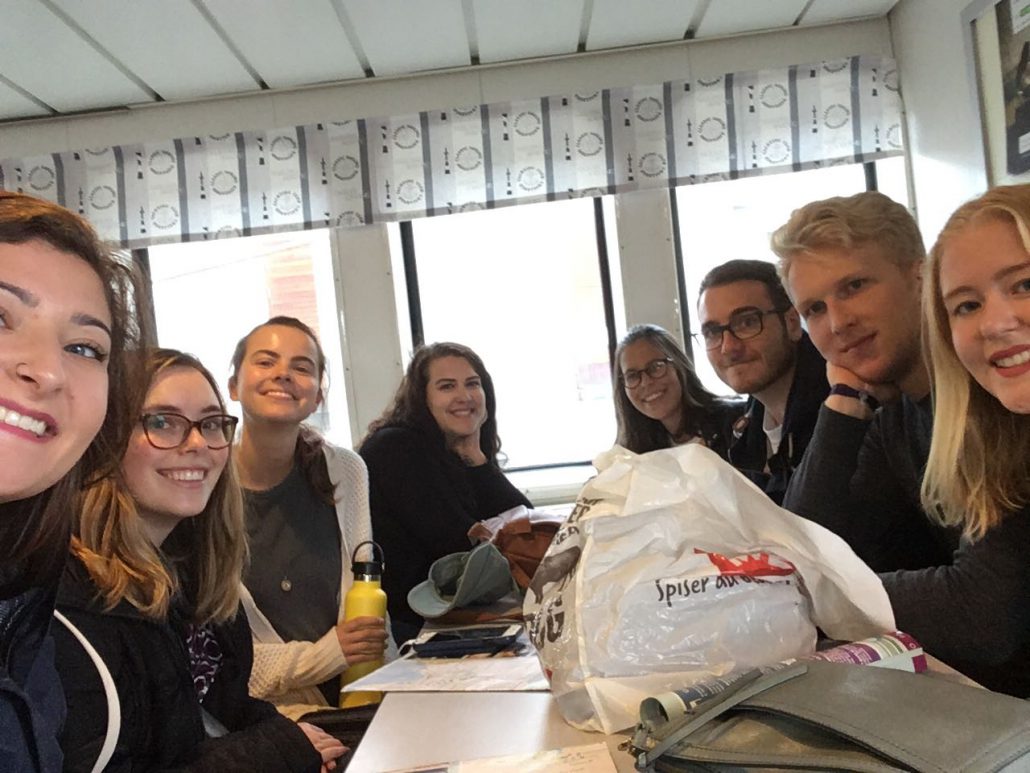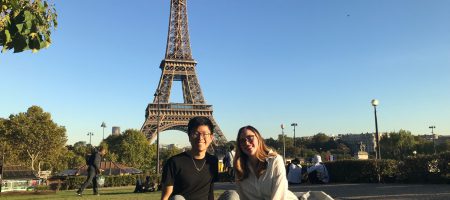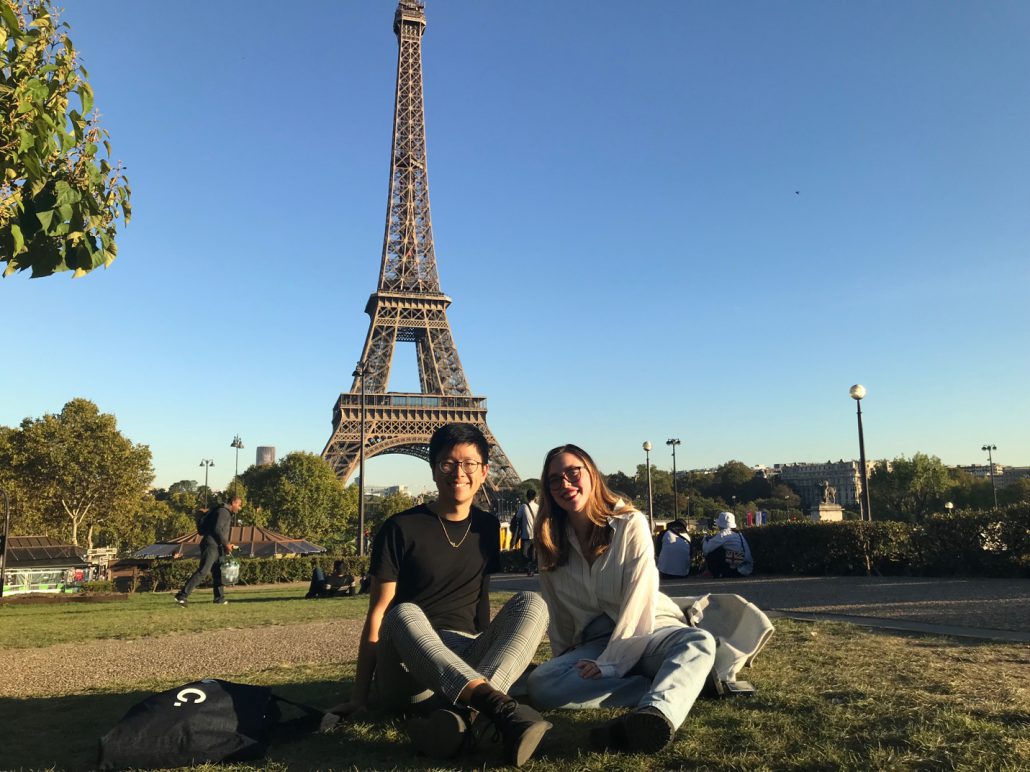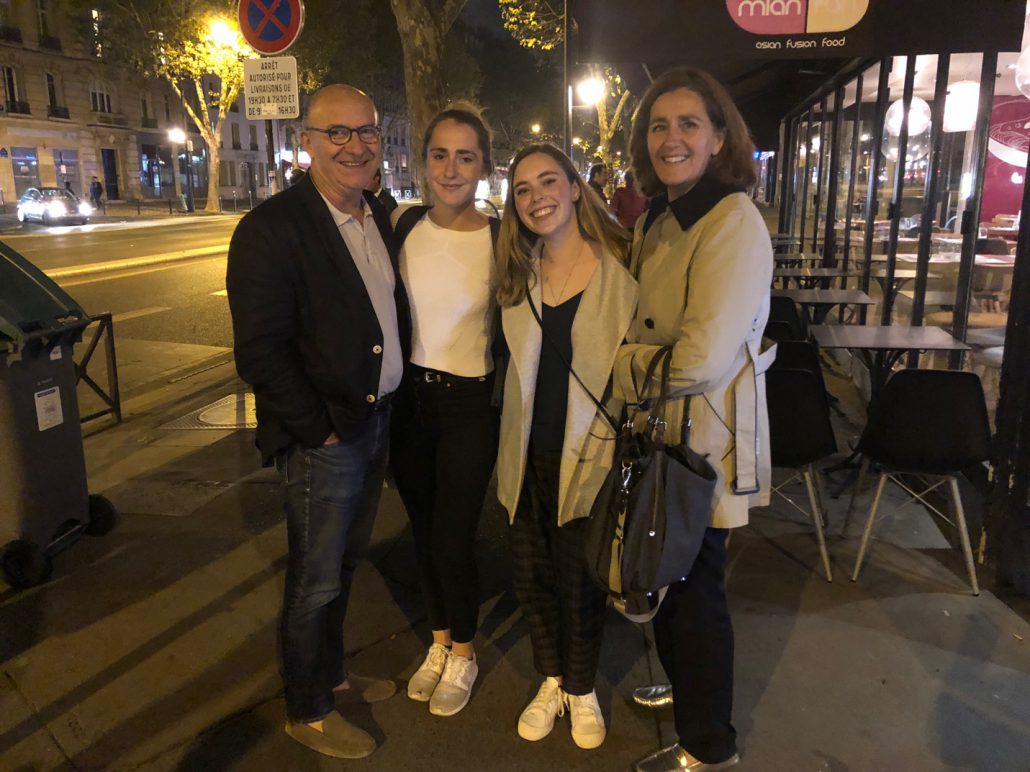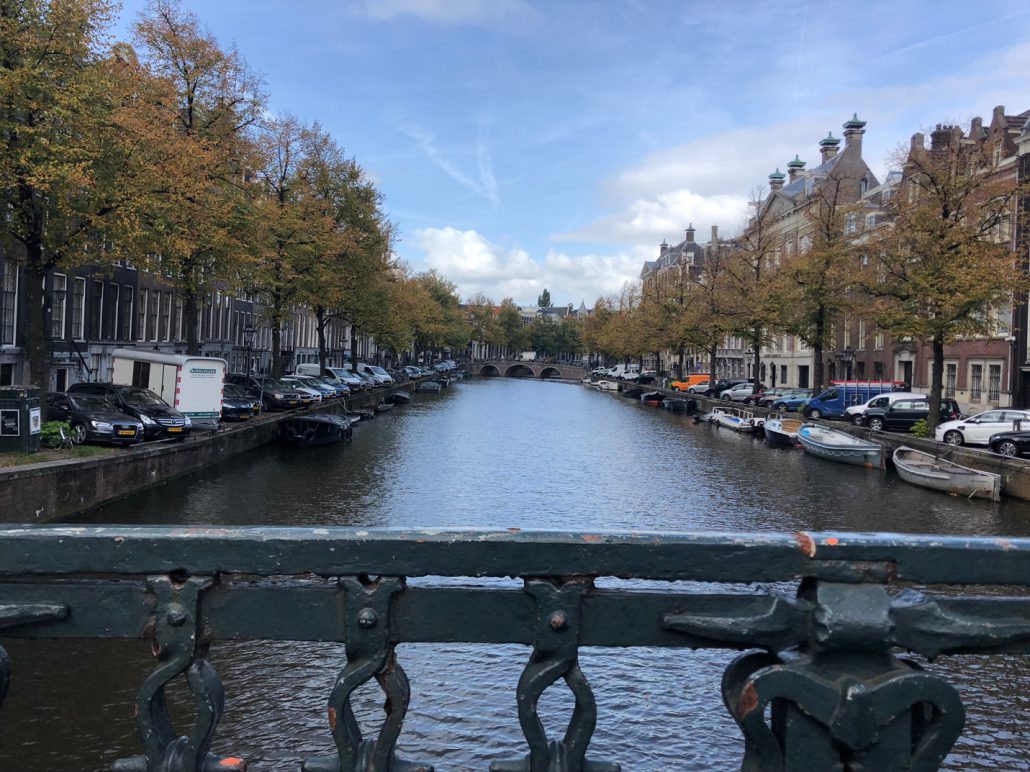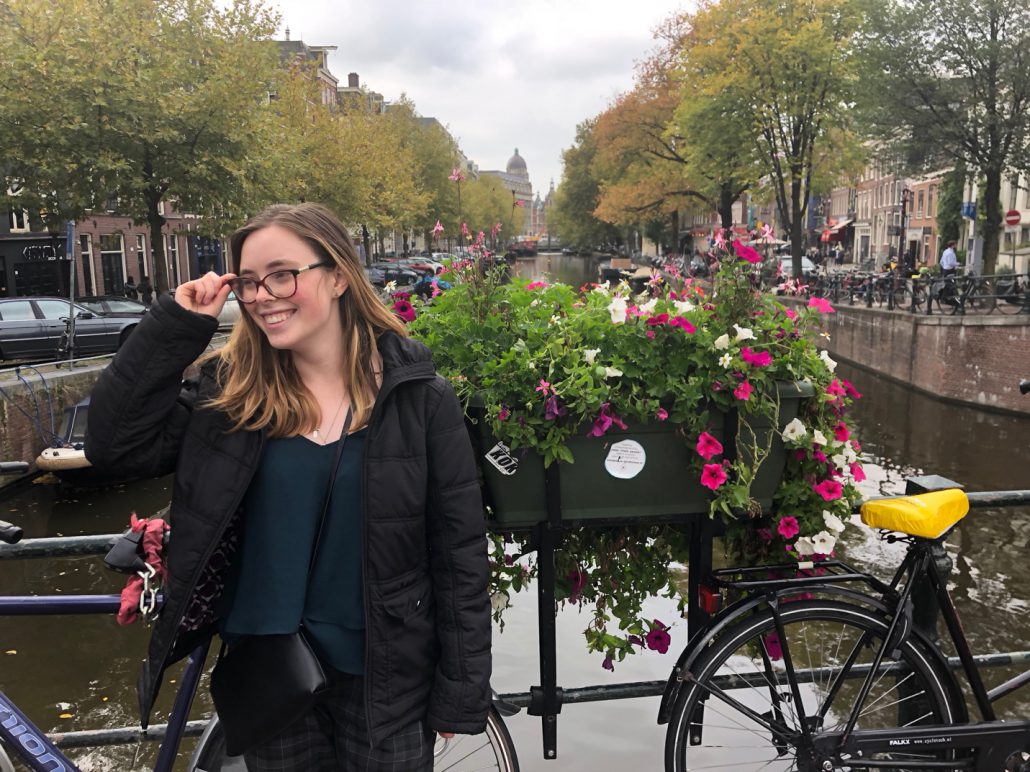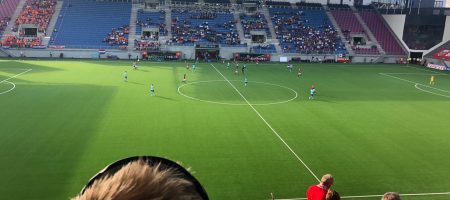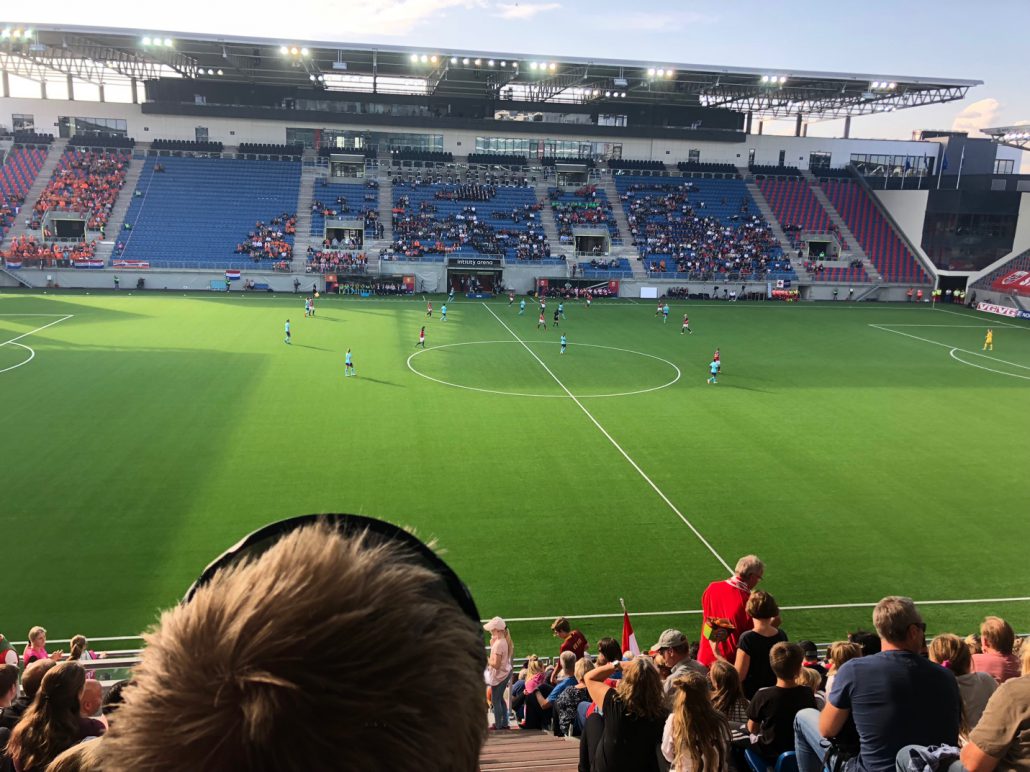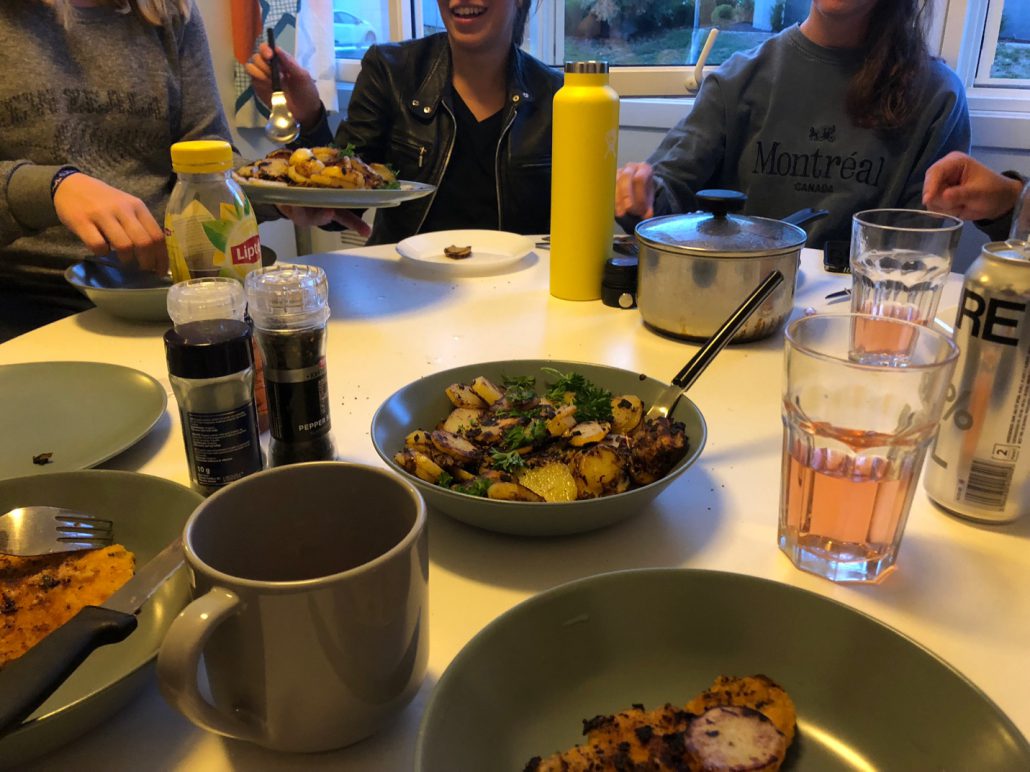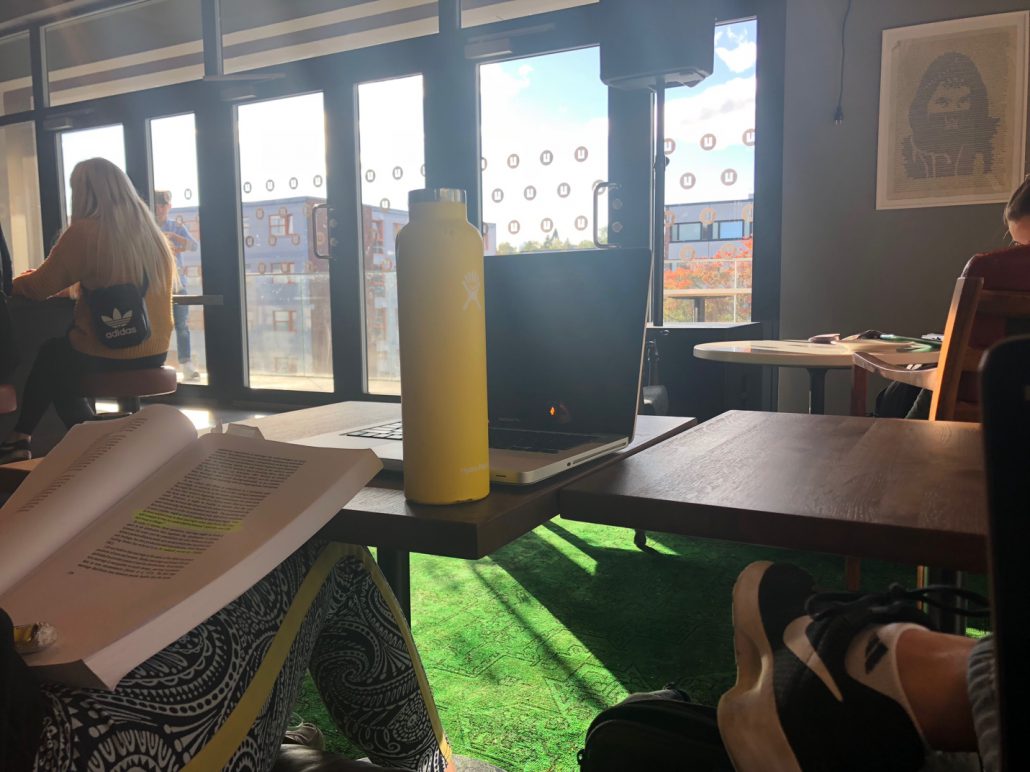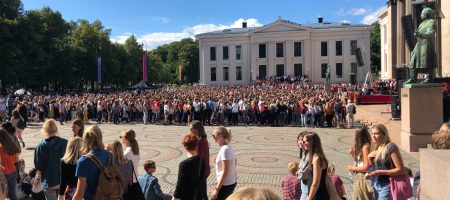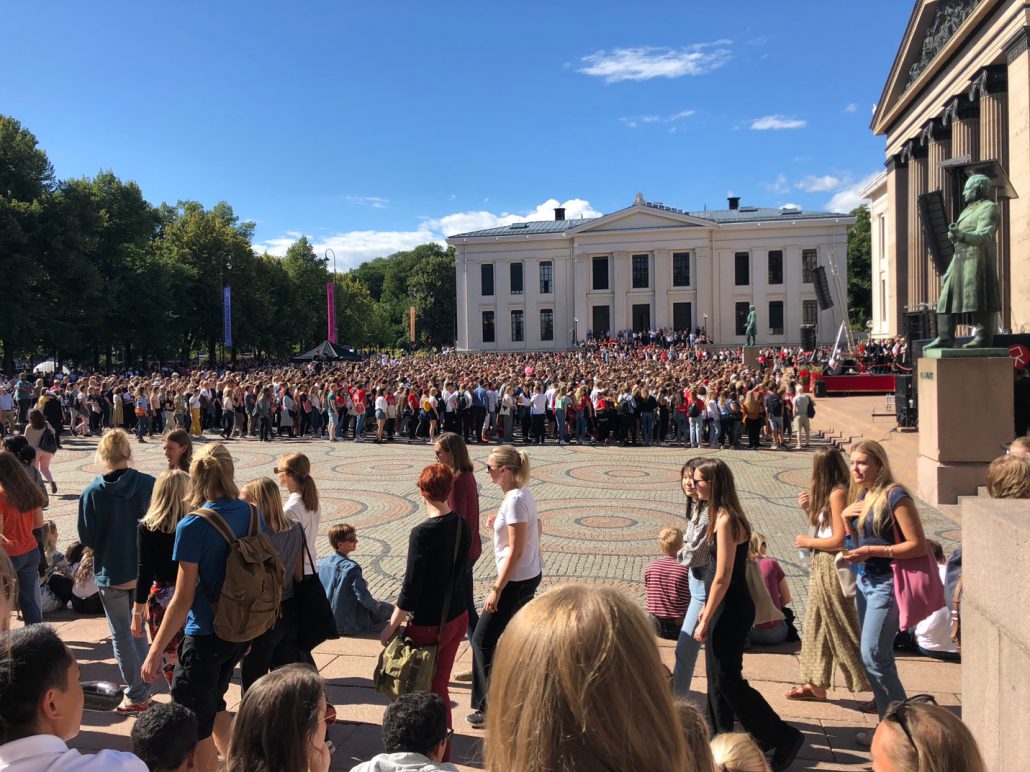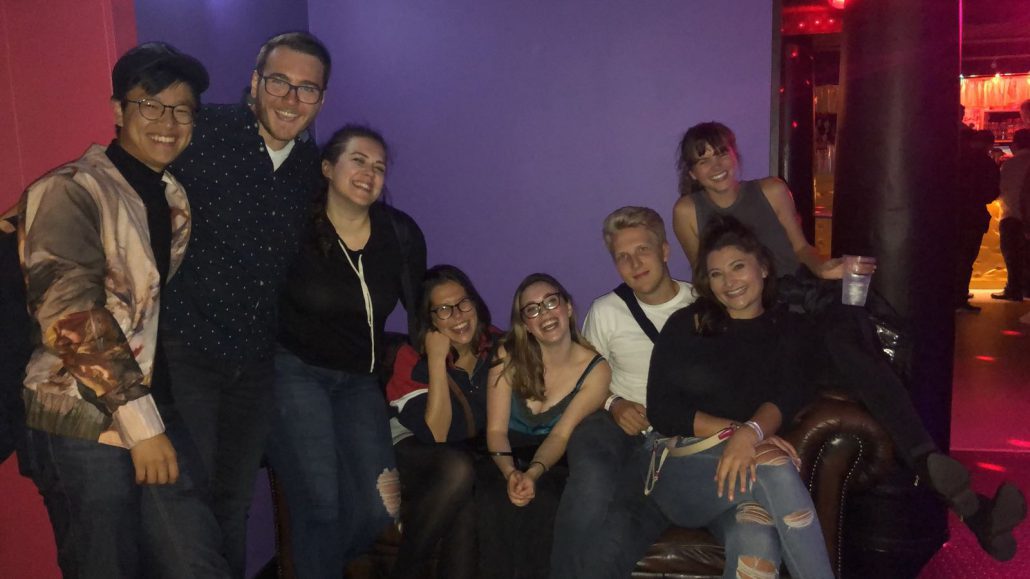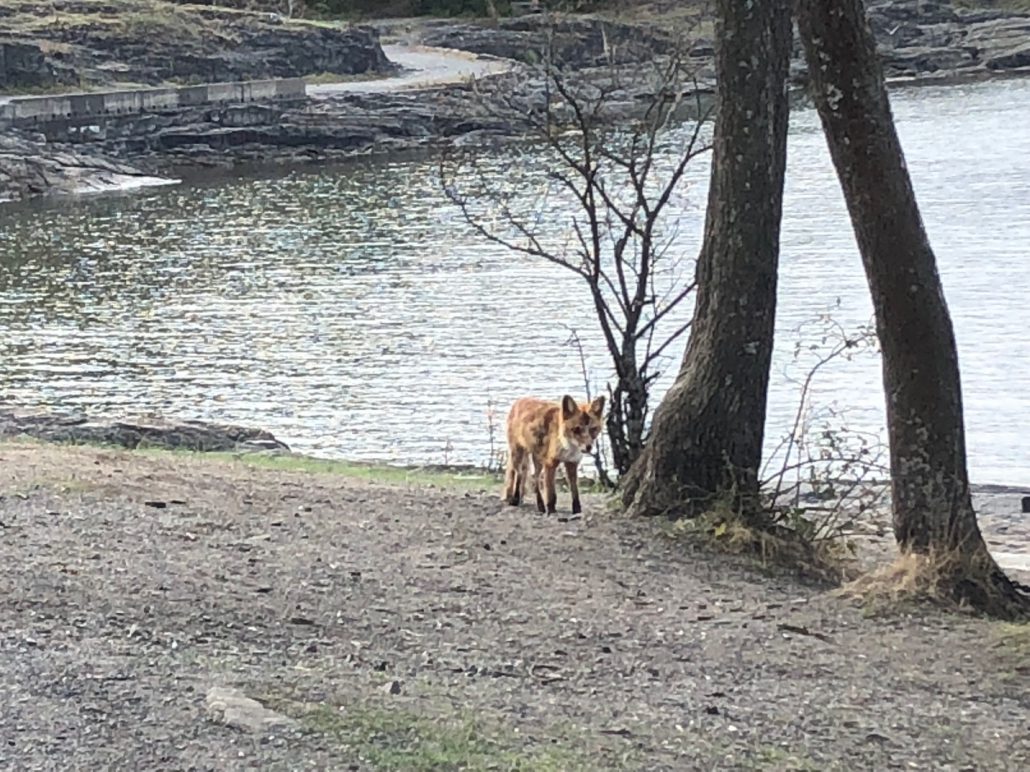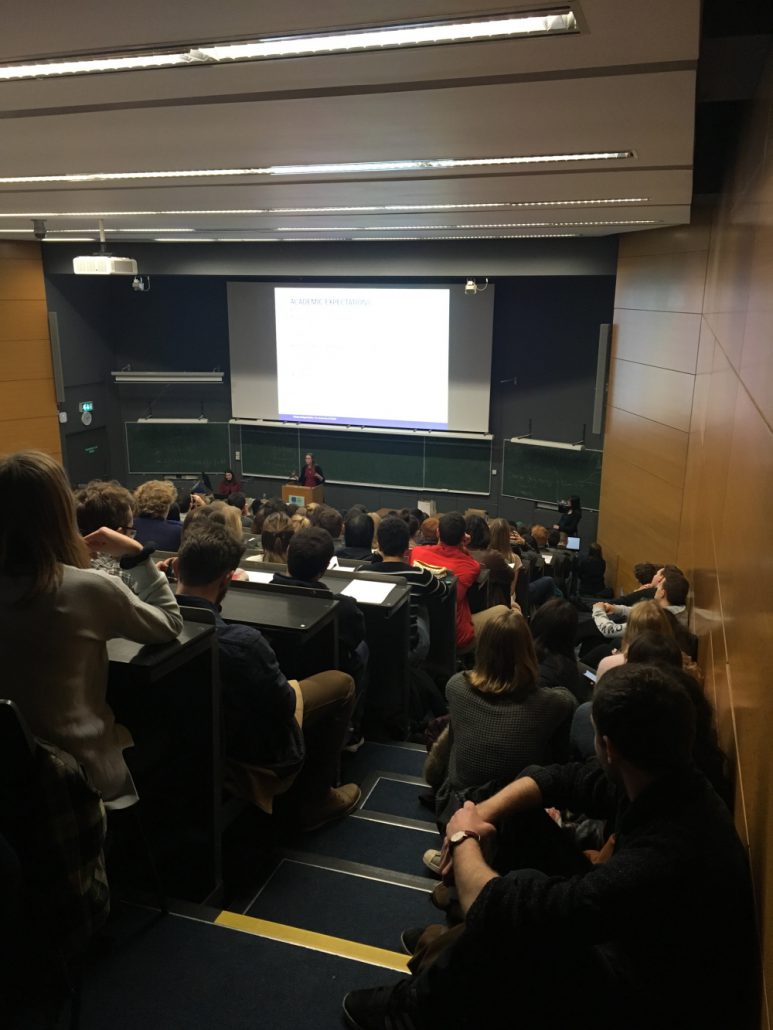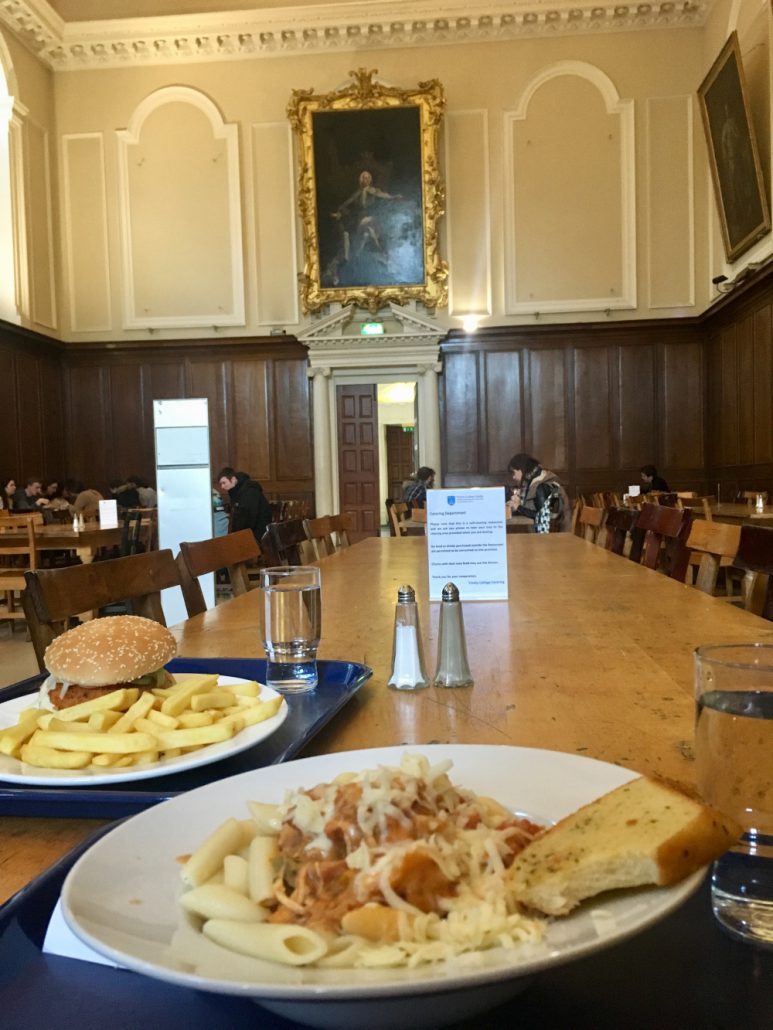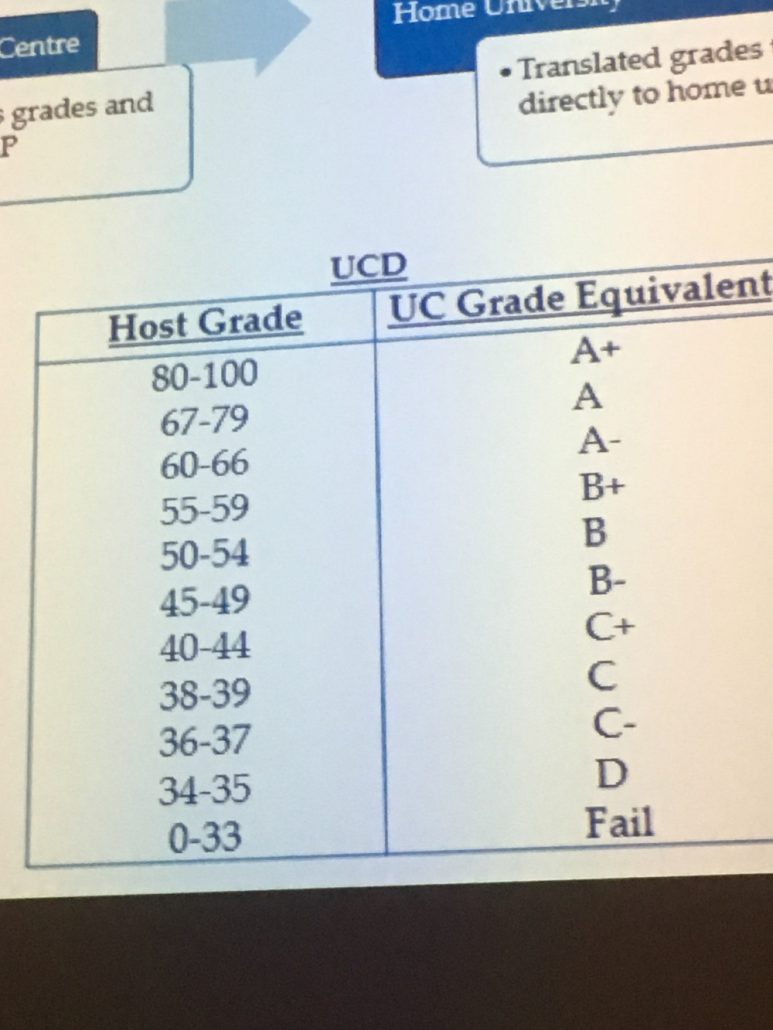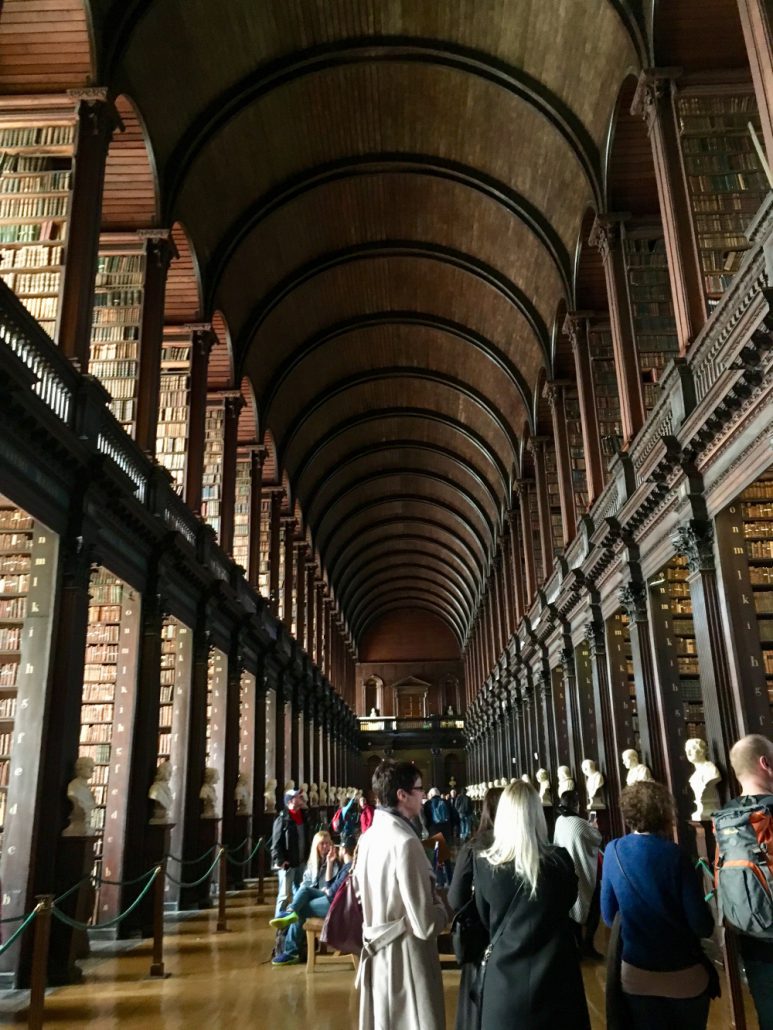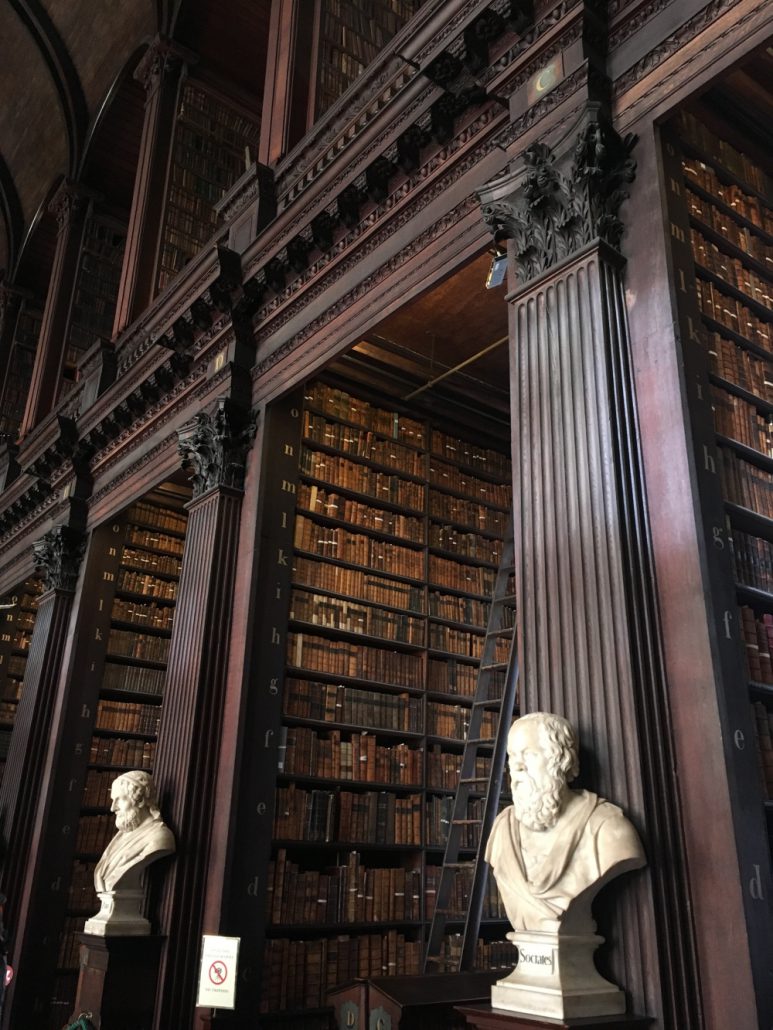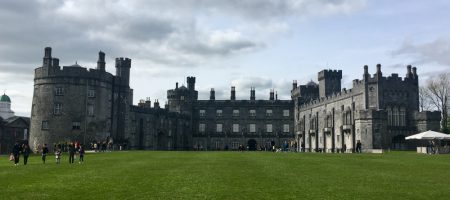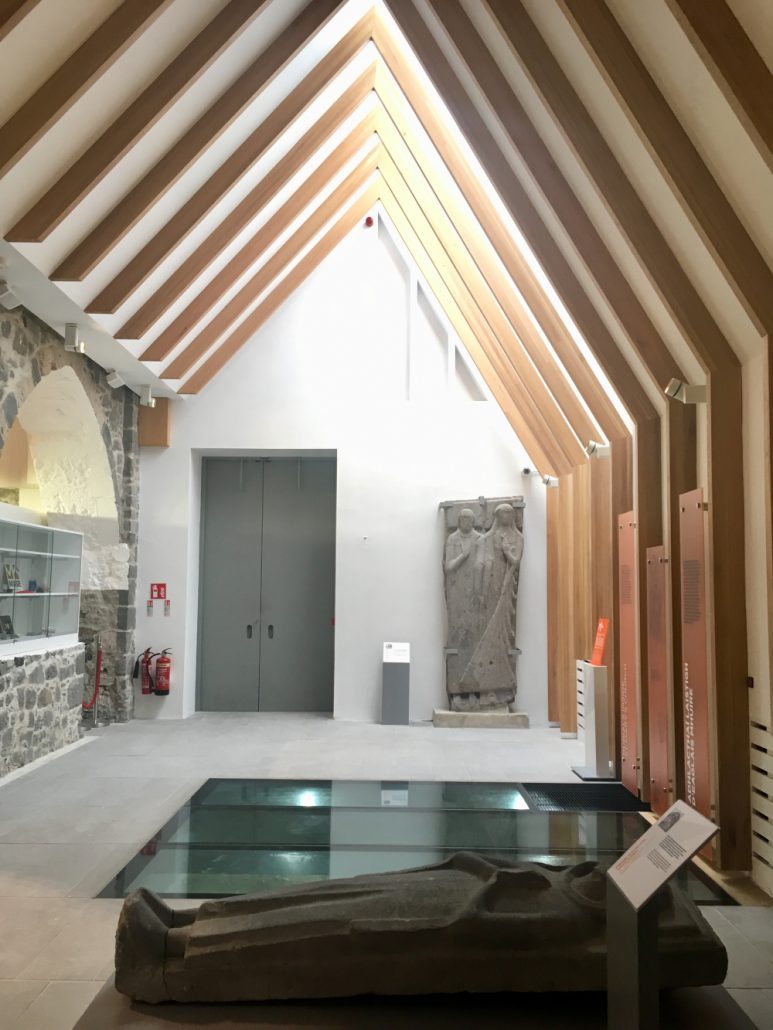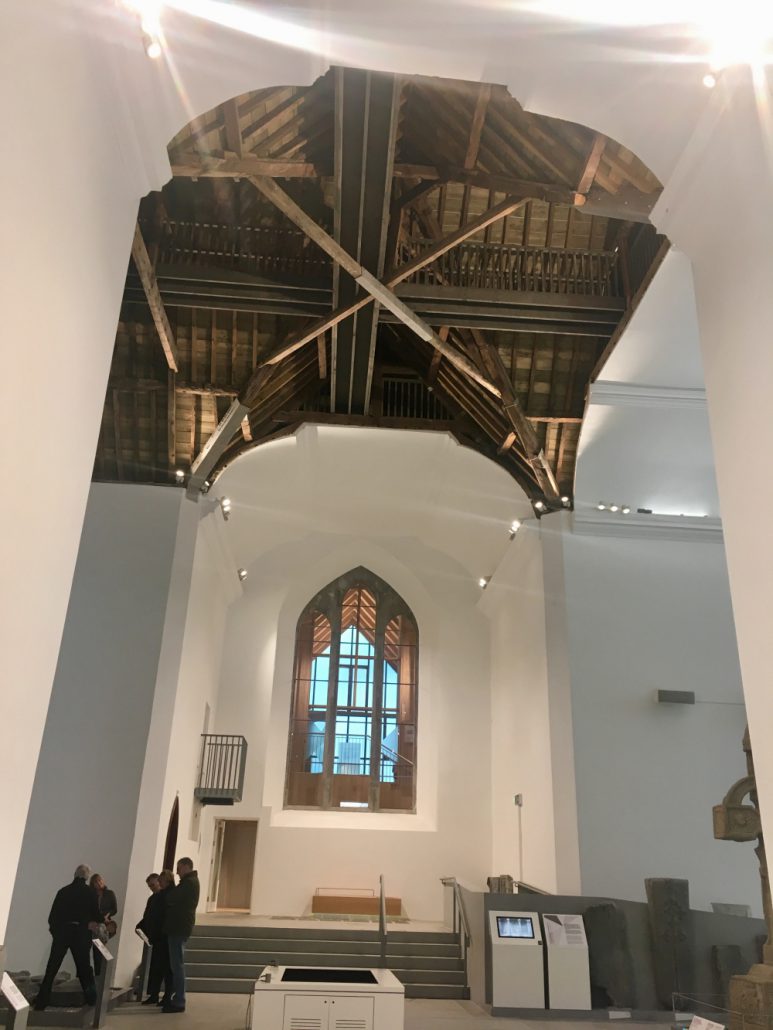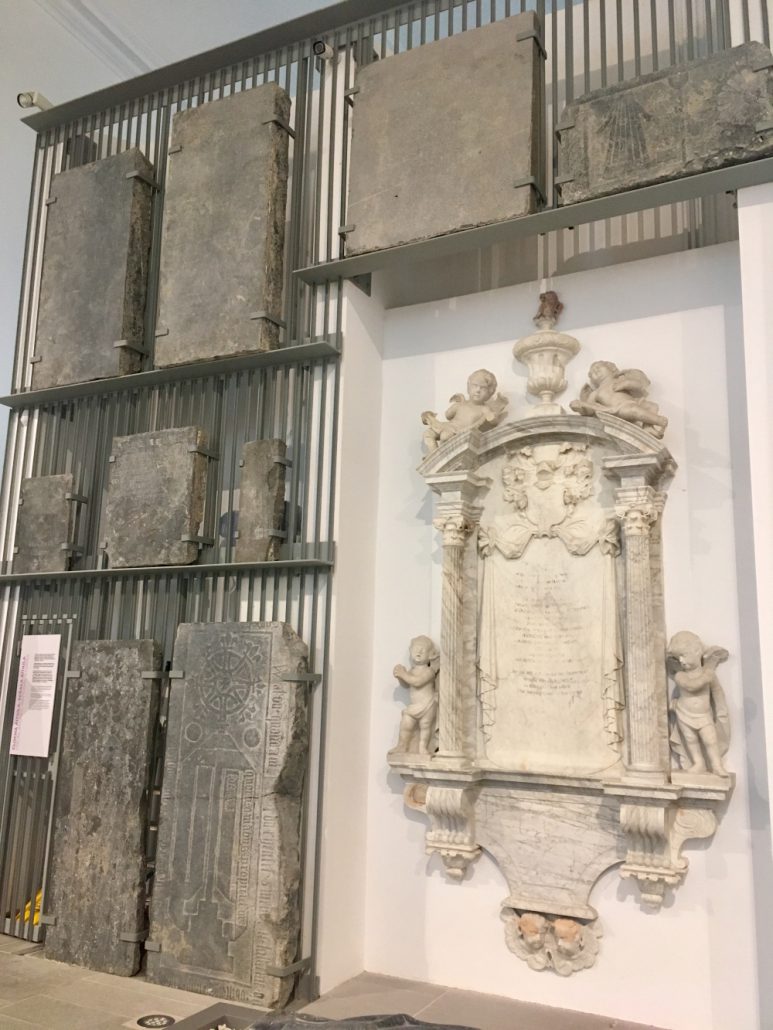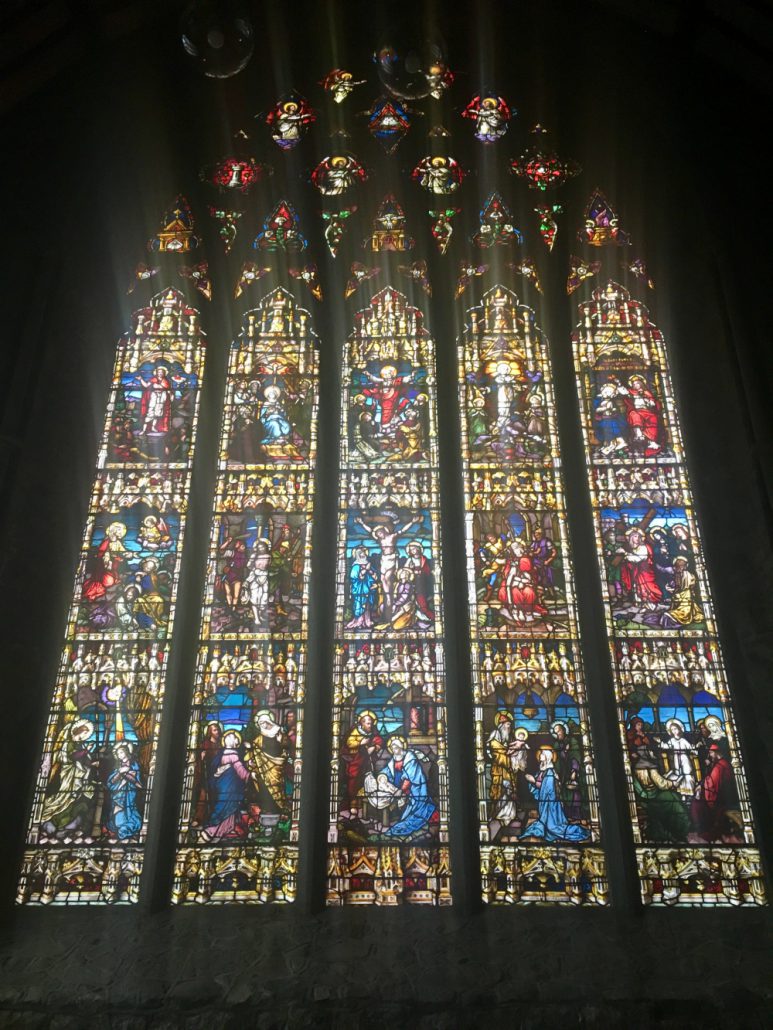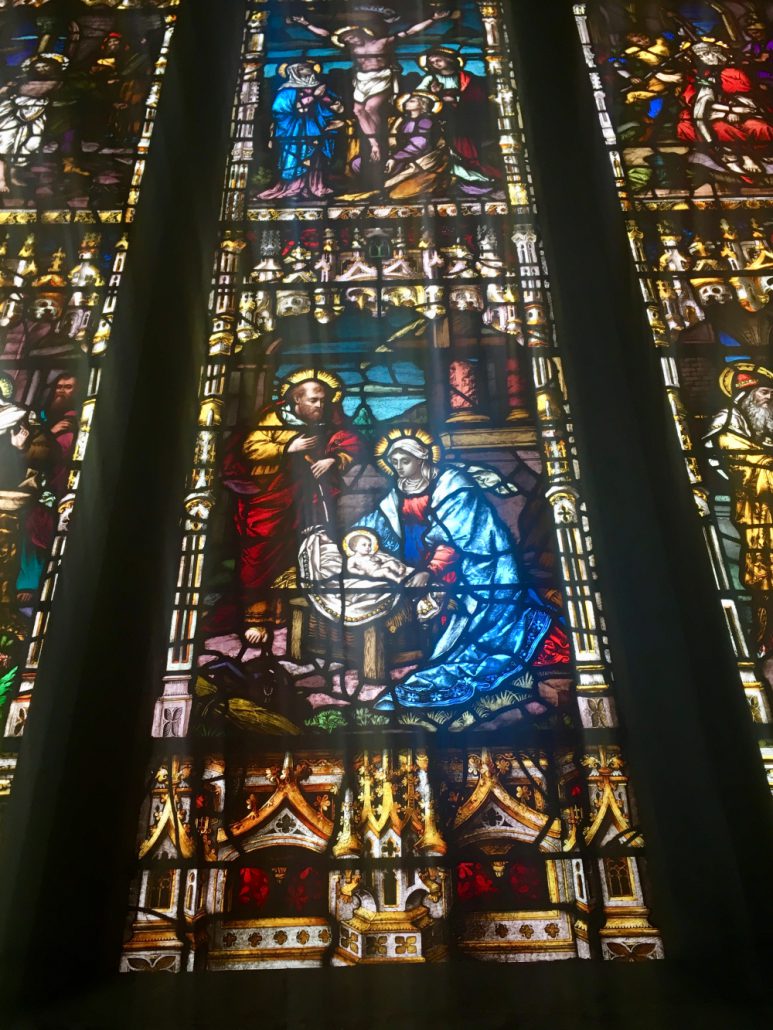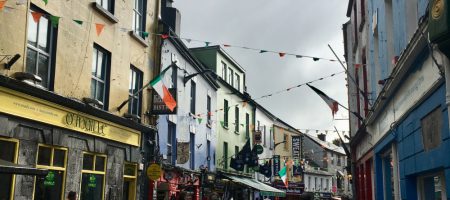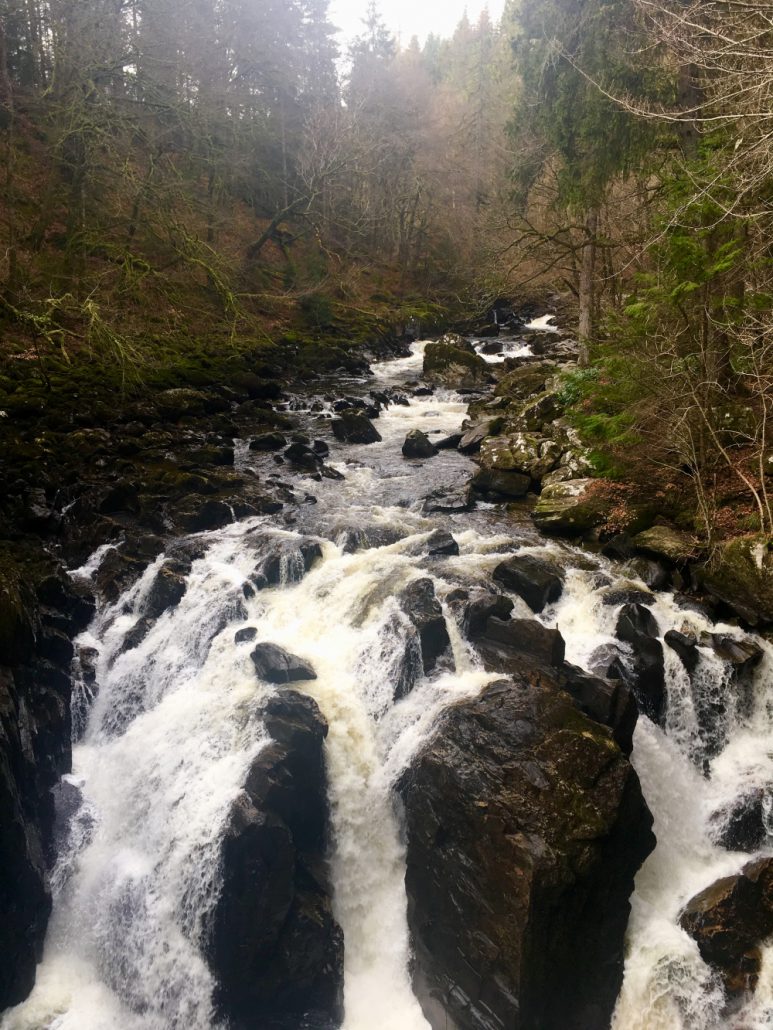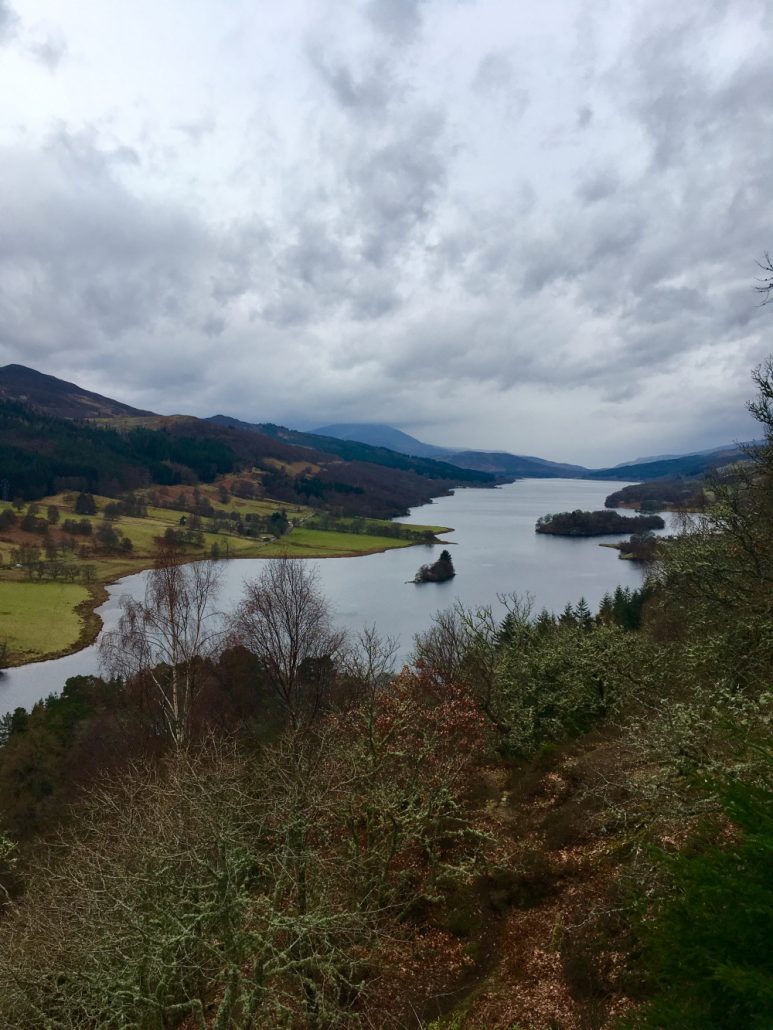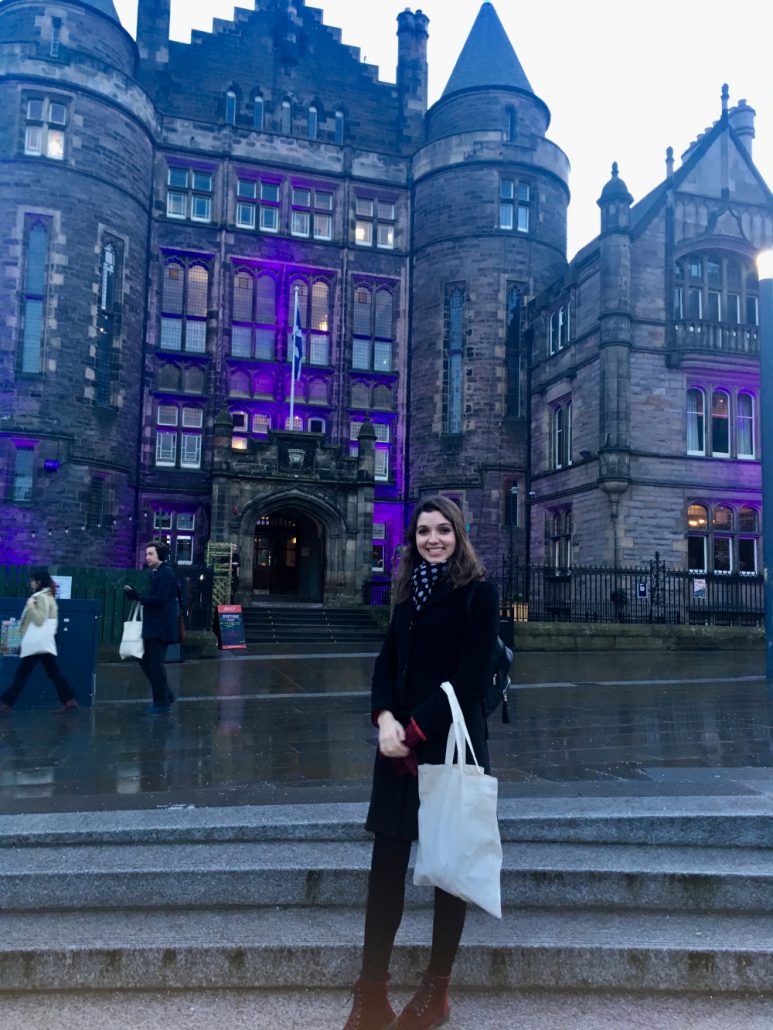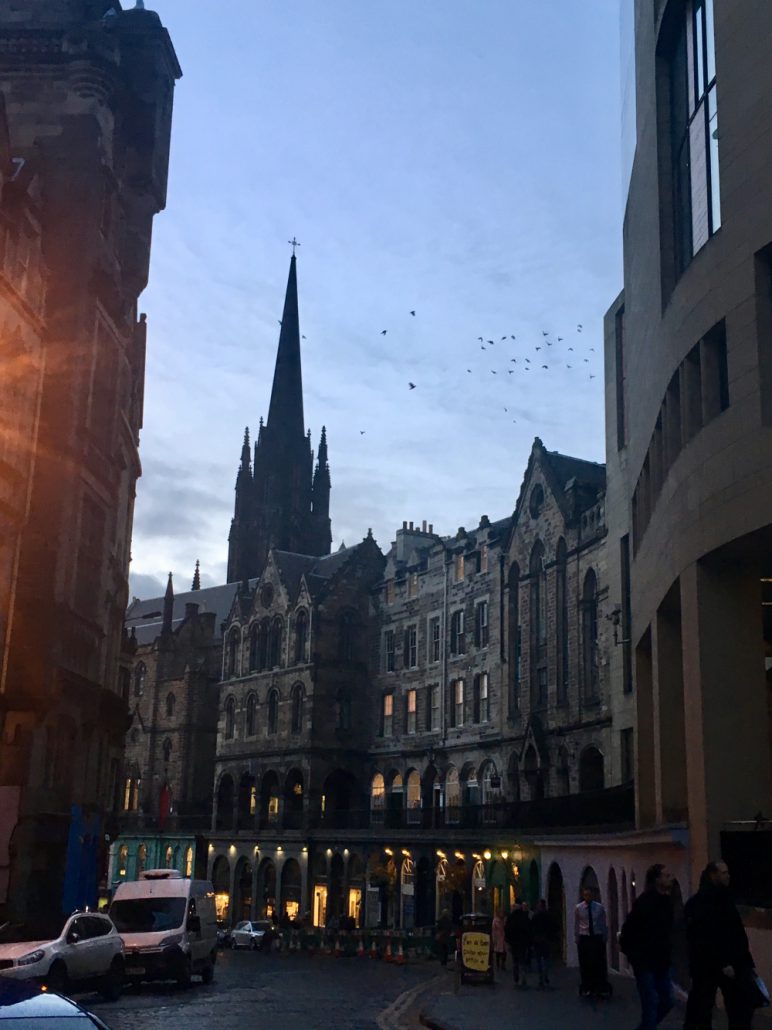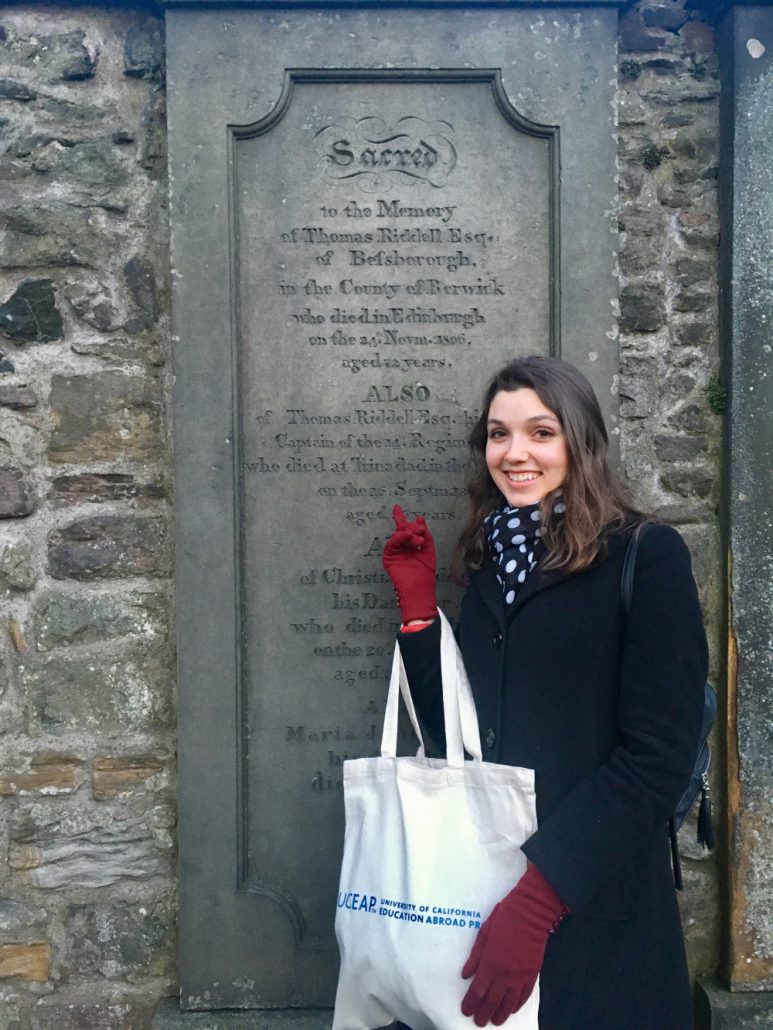Norway | The Search for the Northern Lights
BY ROSE FORSTER
This was it. This was the trip I had been dreaming about since I saw “University of Oslo” on the list of universities I could apply to for Study Abroad. I was about to realize a lifelong dream of pretty much everyone in the world: to see the Northern Lights. On a cold Wednesday evening, I headed to the Oslo Airport with my backpack, Polaroid camera at the ready. Four of my closest friends and I were headed to Tromsø – the northernmost city in Norway – to experience one of the world’s most gorgeous natural phenomena: the Aurora Borealis.
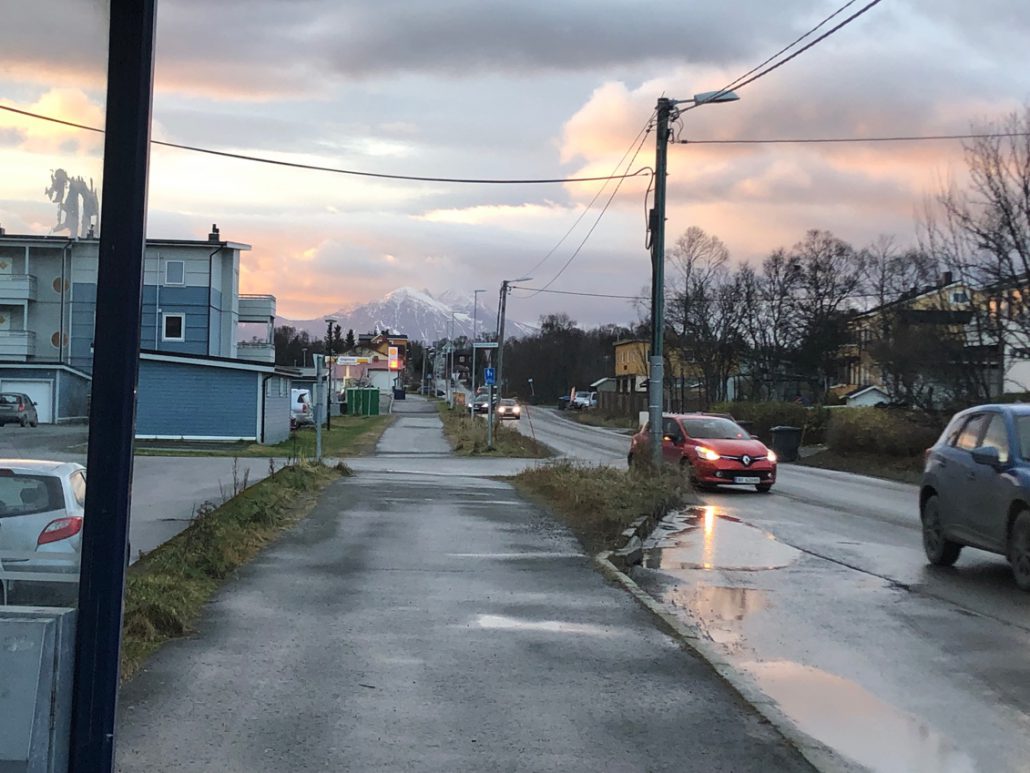
We rented a little Airbnb which was about a ten minute bus ride from the city center. Something I will say about Tromsø’s public transport system is that their bus tickets look like regular receipts, which could be extremely confusing. We arrived at around 11pm, so it was dark outside. However, at that point in Tromsø the sun rose at 9:30am and set at 1:30pm, so that was a view of the city I was going to get used to.

The first day we just explored the city. Tromsø is one of those places that looks like a Christmas card. There are lots of very Norwegian-style houses that look like cabins, in shades of red and yellow and white. The city was decked out in Christmas lights and displays (which was handy when we had no sunlight). We took a cable car up a mountain to view the entire city, which culminated in a spontaneous hike and an equally spontaneous bout of snowball fighting and Christmas caroling.
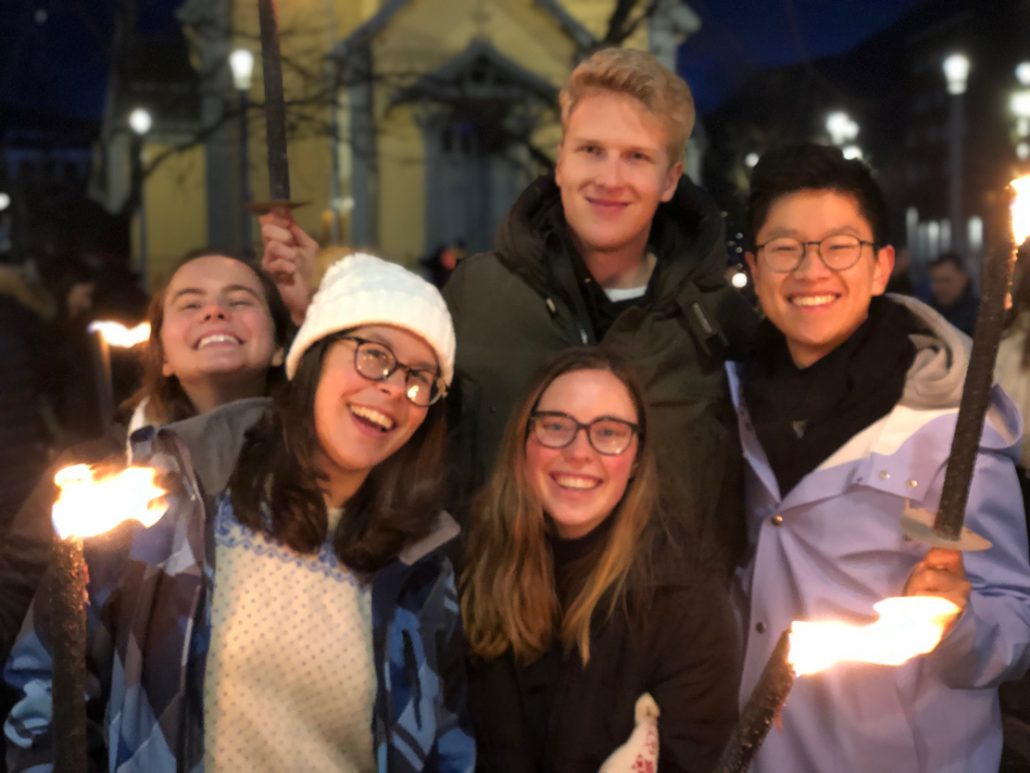
Speaking of, I know that a lot of Americans would not consider anything before Thanksgiving to be Christmas, but in Tromsø the Christmas cheer was in full swing. On our second day we were walking through the city center, when we were offered torches. There was a band playing, and we waltzed through the main street, where we were offered free waffles and non-alcoholic gløgg (mulled wine). We spent the first few nights engaging in a concept the Scandinavians call “hygge” – a feeling of coziness and warmth. We watched movies, played board games and cooked together, feeling like a little family.

But the highlight was when we rented a car and drove out of the city on a hunt for the Northern Lights. We drove for an hour in the car, blasting our music and feeling vaguely nervous. The Northern Lights are famously temperamental, and I didn’t want to know what it felt like to fly all the way out to the Arctic Circle to look at a black sky for a few hours.

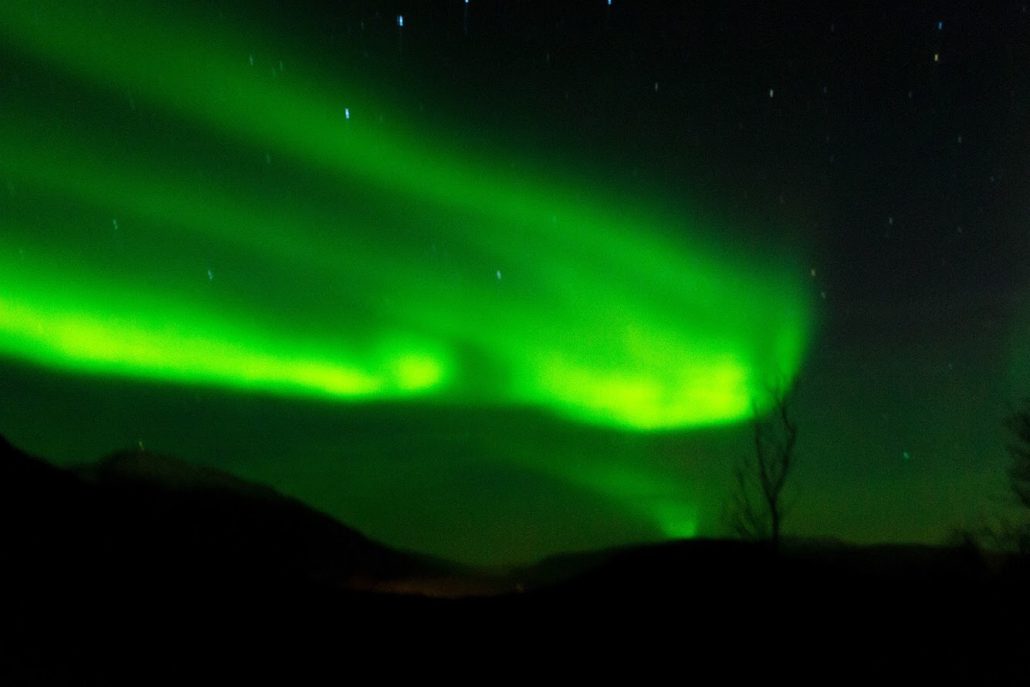
It did take us a while, and when we did see them, we weren’t sure what we were seeing. It looked more like grey streaks than any amazing green light. My friend David snapped a photo of them, and we were all very underwhelmed. But we drove out a little further (accidentally picking the same stakeout spot as a Northern Lights tour), and we were rewarded with the most beautiful sight: the lights were out. Now, they weren’t as intense as they could have been, but they were pale and green and dancing in the sky. I was so incredibly happy in that moment. We sat (freezing) on a little deck by a little beach in the (freezing) cold, and we ate snacks and took photos and just stared at the sky. In the photos taken with David’s camera, they appear more vibrant than they were. The photos I took looked more like this:

…but that doesn’t change how incredible that feeling of seeing them was.
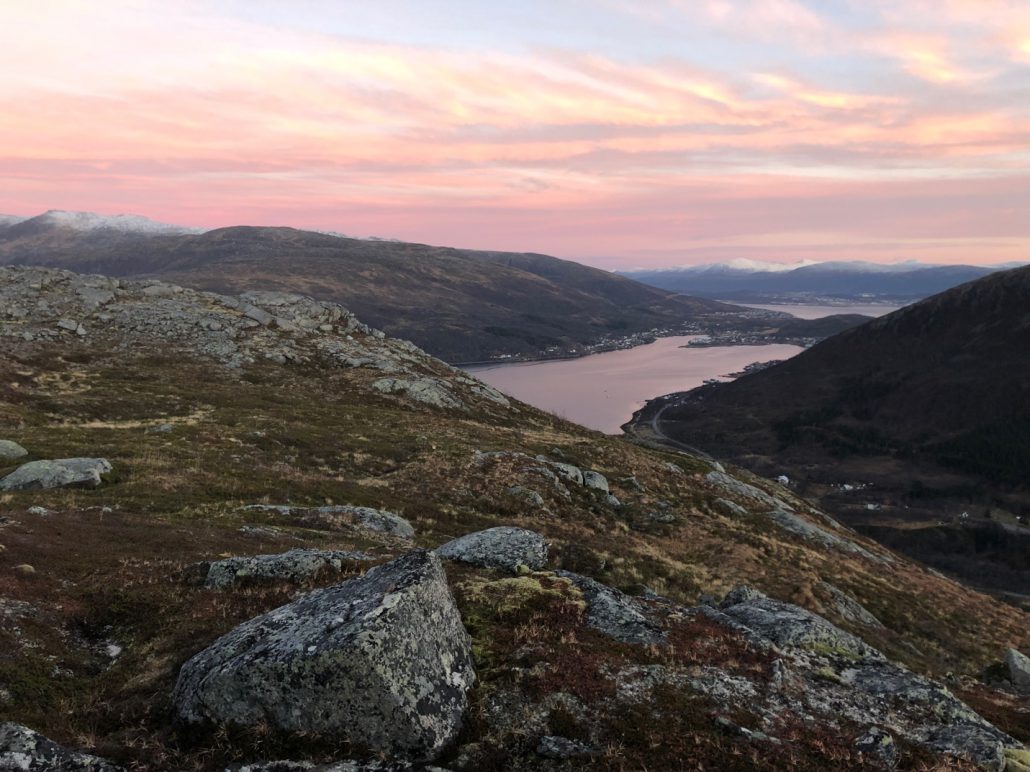
Our last day we spent in Tromsø we did a short hike and just marveled at the sheer beauty of the landscape. This was an incredible trip, and I will never forget it. I’ve never had an experience like it before, and I’m so grateful I could experience it with four of my close friends.
Rose Forster studied abroad in Oslo, Norway in Fall 2018: http://eap.ucop.edu/OurPrograms/Norway/Pages/university-oslo.aspx?_ga=2.244262156.824257592.1560270235-1375738892.1559938340


